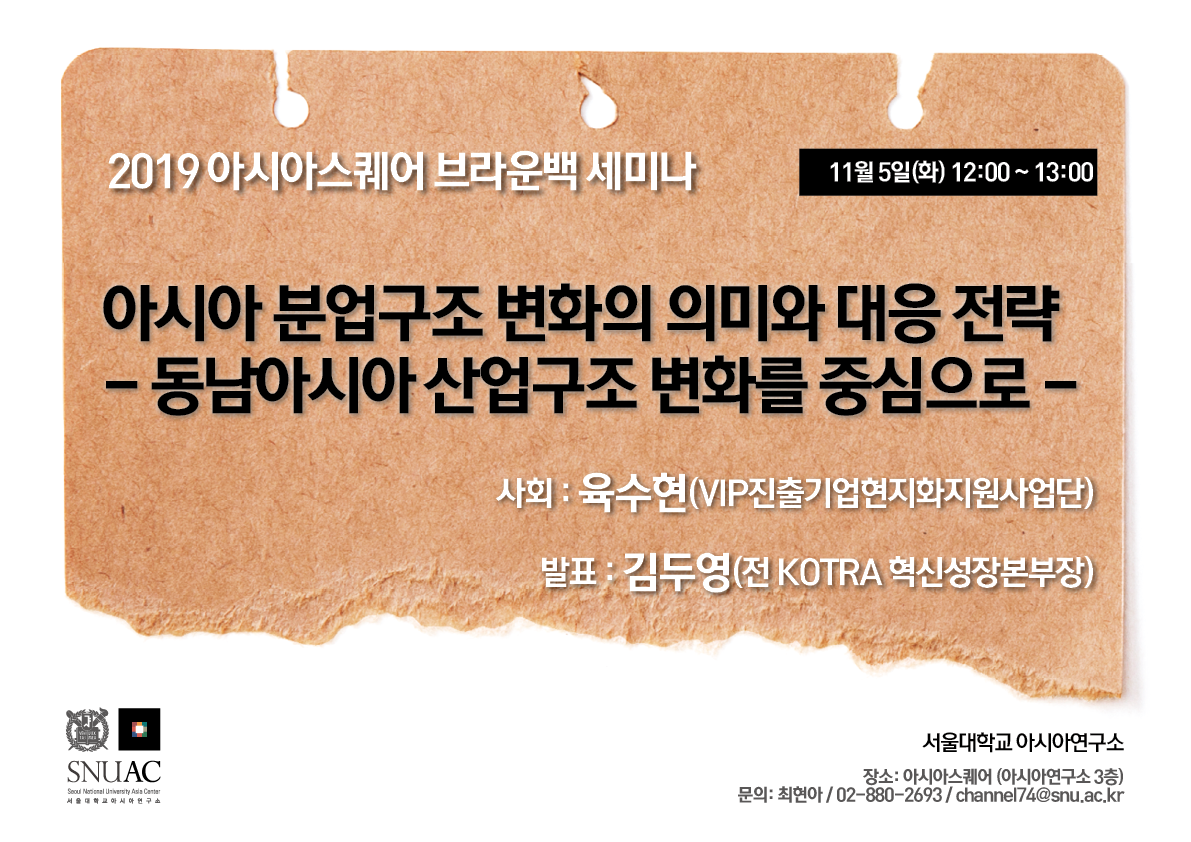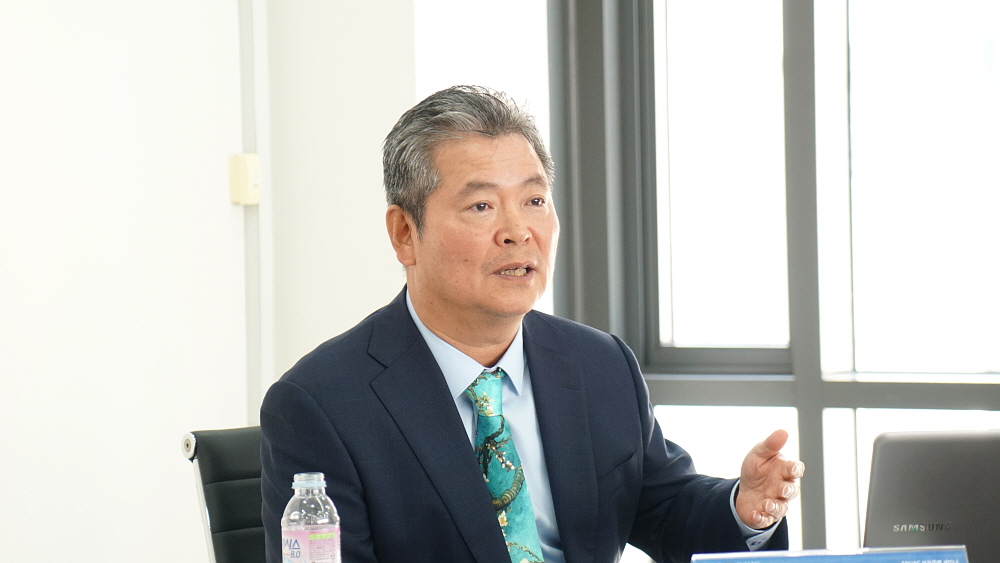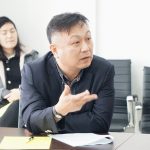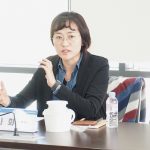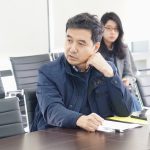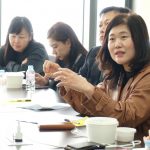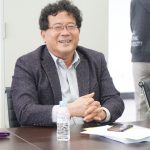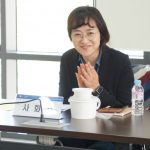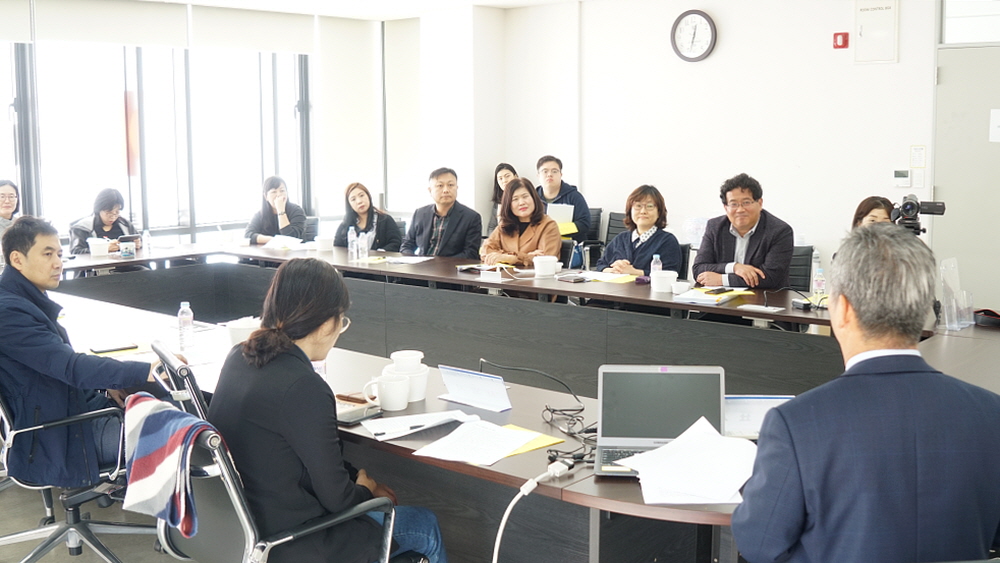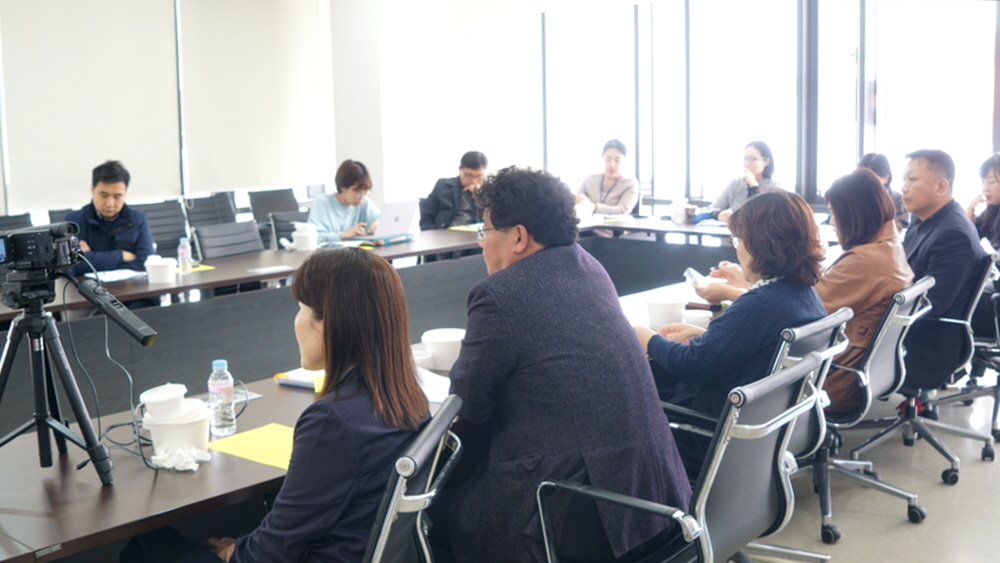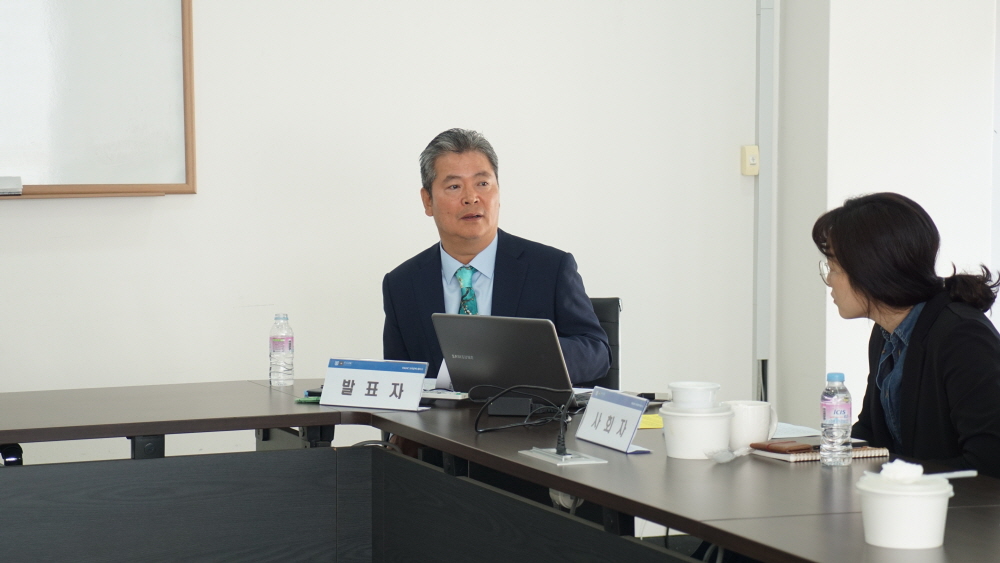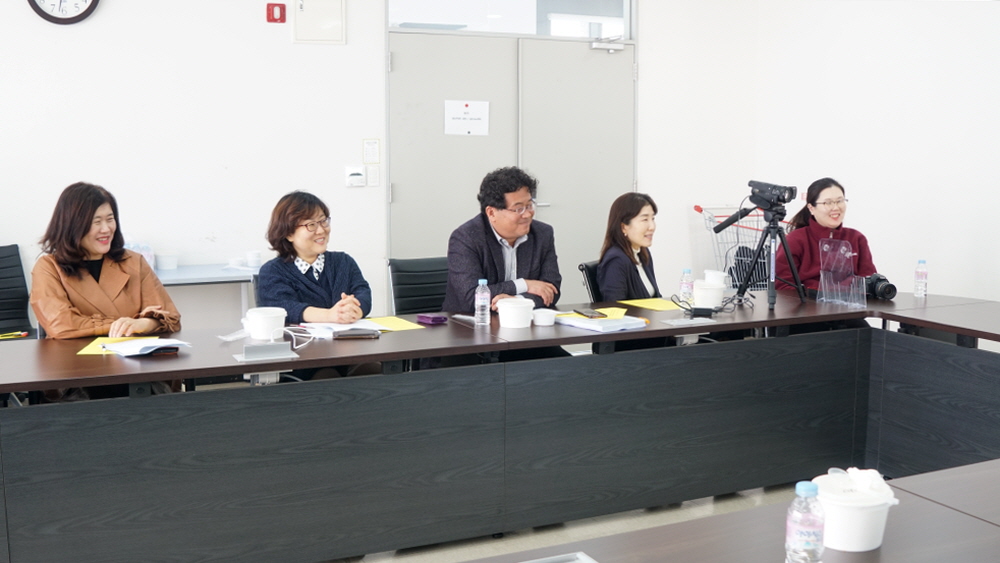The Meaning of Change in Divided Structure of Labor in Asia and Response Strategies
- Date: November 5th, Tuesday, 2019 12:00-13:00
- Location: Asia Square (3rd Floor), SNUAC (Bldg. 101)
The Meaning of Change in Divided Structure of Labor in Asia and Response Strategy – With a Focus on Changes in the Industrial Structure of Southeast Asia
Moderator: Suhyun Youk (Project Group for Supporting the Localization of Companies in VIP)
Speaker: Doo Young Kim (Former Executive Vice President for Innovative Growth, KOTRA)
On November 5th, Tuesday, SNUAC held a brown bag seminar with the topic ‘The Meaning of Change in Divided Structure of Labor in Asia and Response Strategies’. The seminar was moderated by Dr. Suhyun Youk (Project Group for Supporting the Localization of Companies in VIP) with a presentation by Dr. Doo Young Kim, a visiting scholar at SNU and the former executive vice president for innovative growth at KOTRA. Dr. Kim graduated from Pusan National University, entered KOTRA in 1987 and worked there for 32 years until 2019. He has served as head of human management, head of the Frankfurt office, head of European regional headquarters, and executive vice presidents for strategic marketing, strategic business, and innovative growth.
Dr. Kim has had many experiences in supporting Korean companies to launch into overseas markets and resolving their problems. He earned an MBA degree at Thunderbird School of Global Management at Arizona State University, and a Ph.D. in economics at Dongguk University. He has published several books and currently serves as an adviser at KOSDAQ Listed Companies Association and Jipyong LLC.
Dr. Kim introduced in detail the trends of industrial development in Asian countries, the formation and development of ASEAN, and the industrial development in the economic growth of the Asian region, as well as the export-based industrial development of Korea, and China’s Open Door Policy and its pattern of industrial development. He explained about the prospects of the new divided structure in labor in Korea, China, and Japan, as he introduced various changes following China’s four levels of Open Door Policy and trade environment, and Korea’s investment and cooperation patterns in China. In conclusion, he explained about Korean companies’ response strategies and their meanings and noted that expanding the market through cooperation with ASEAN countries is the solution to the limits of a narrow market as well as for fostering new industries. He added that it is also important to overcome the one-way flow of the Korean Wave, support the discovery and fostering of outstanding cultural characteristics of ASEAN countries and proliferate the grounds of sympathy through expanded cultural exchange.
Review & photos by DooWon Chang (Academic Reporter)

